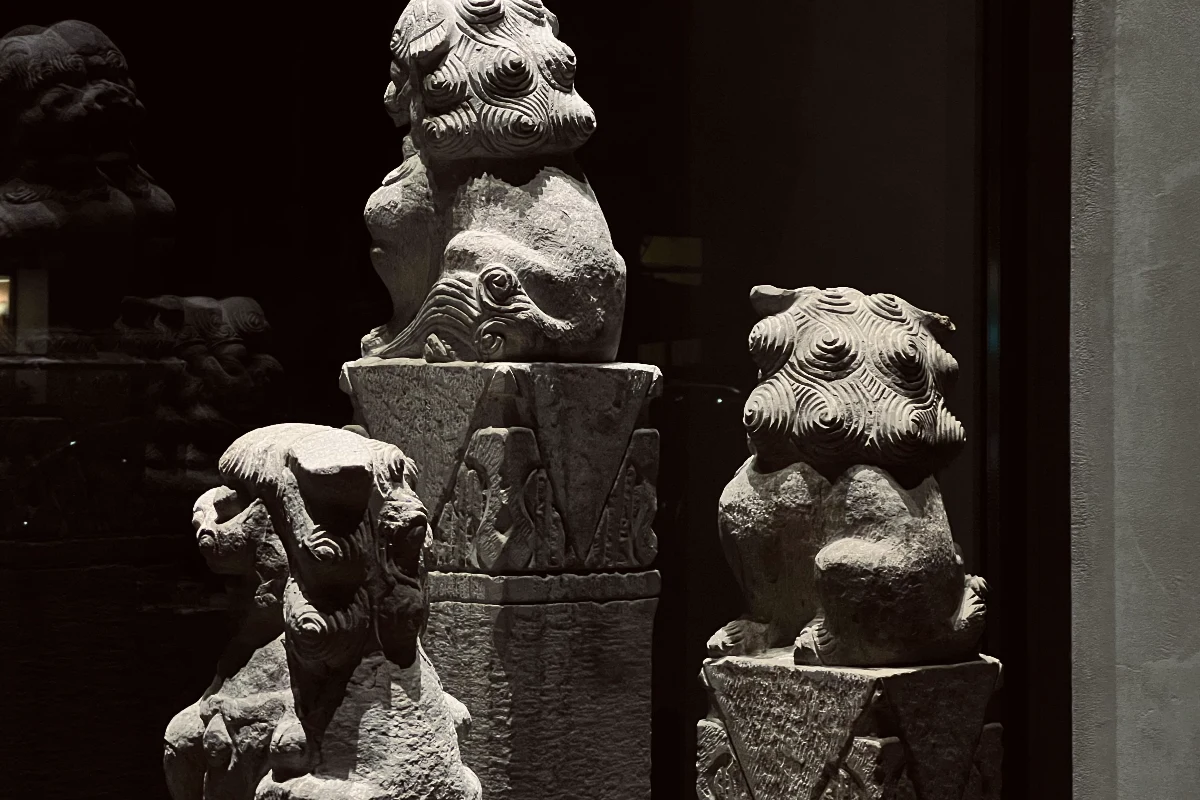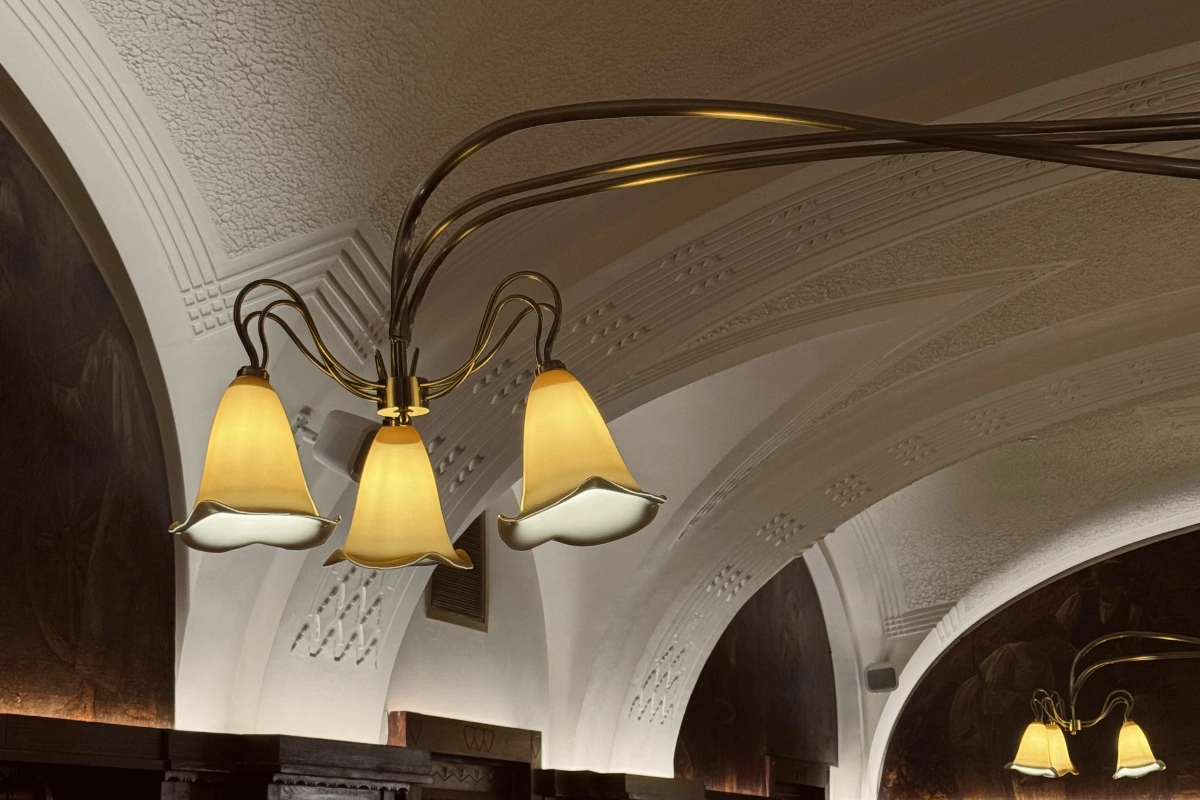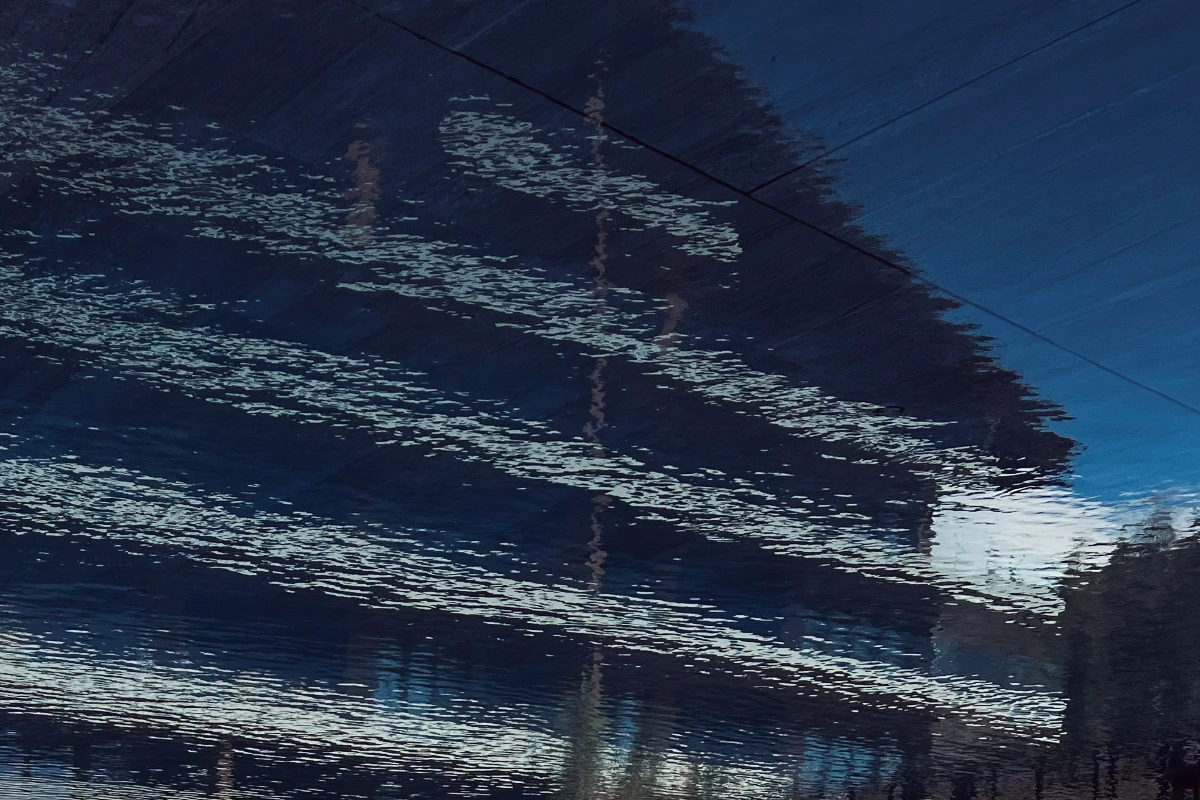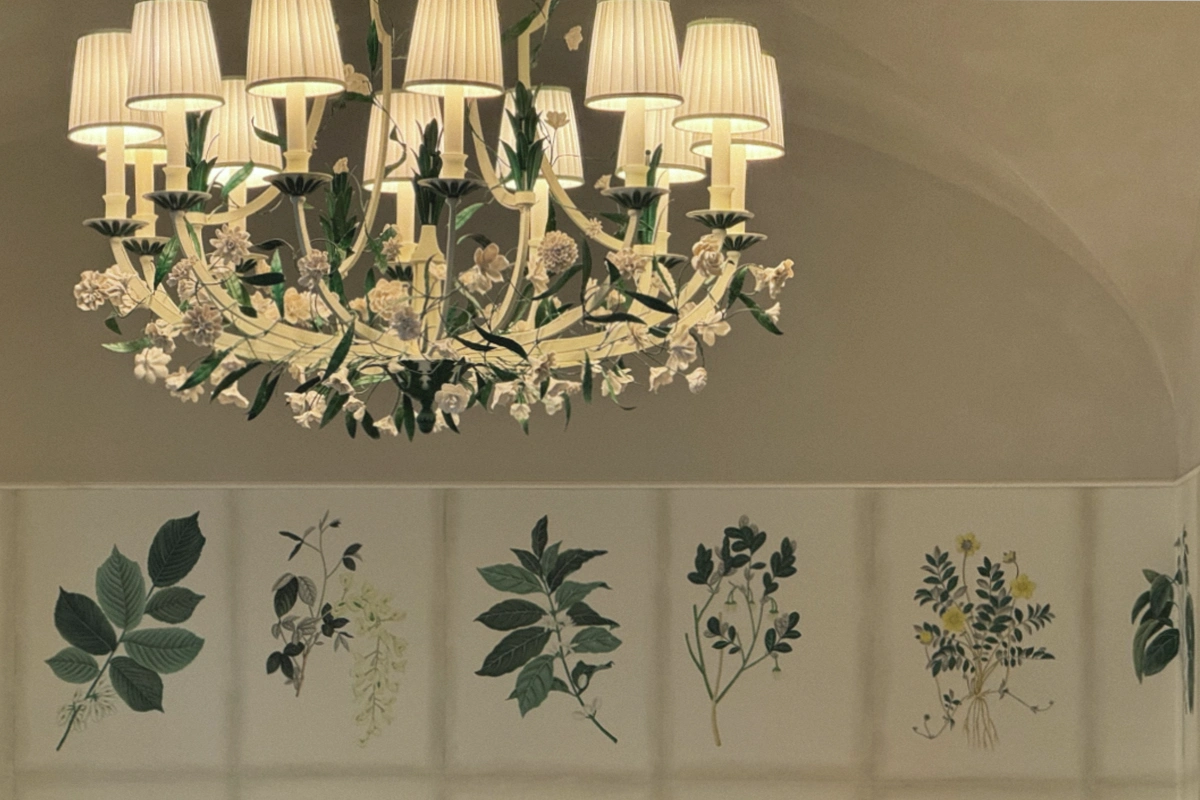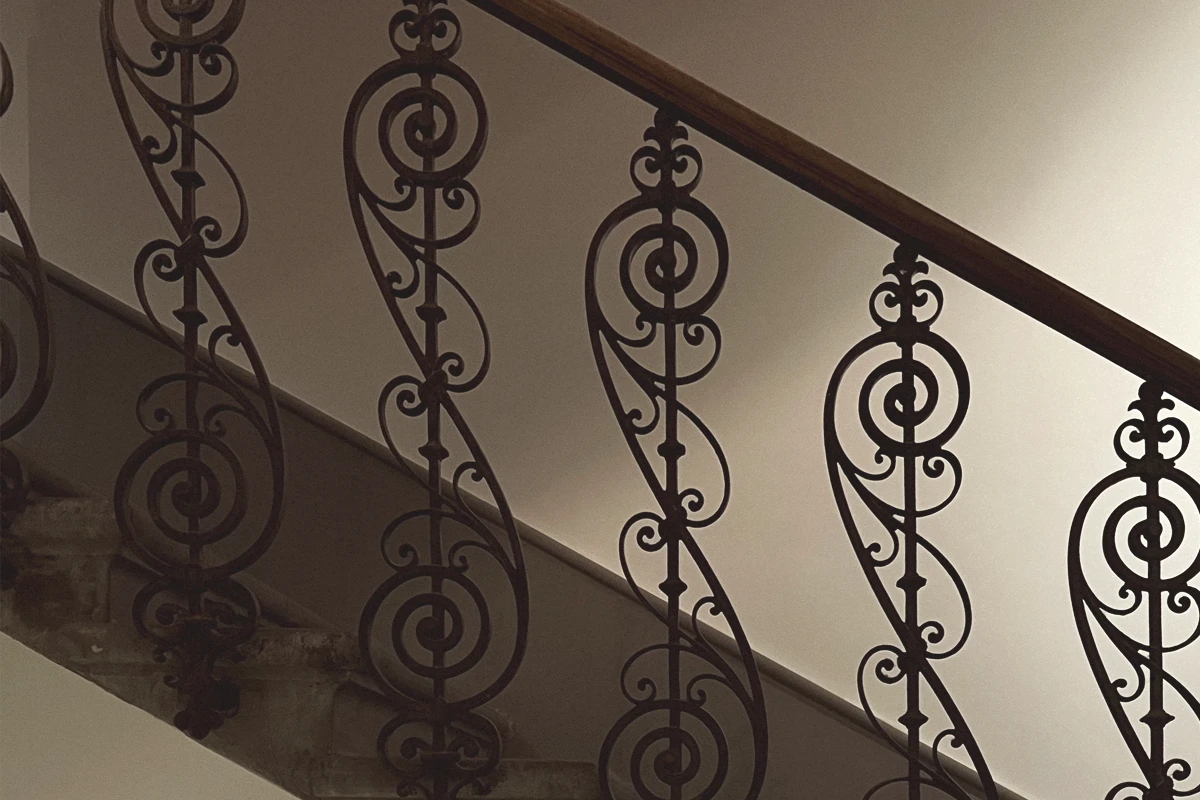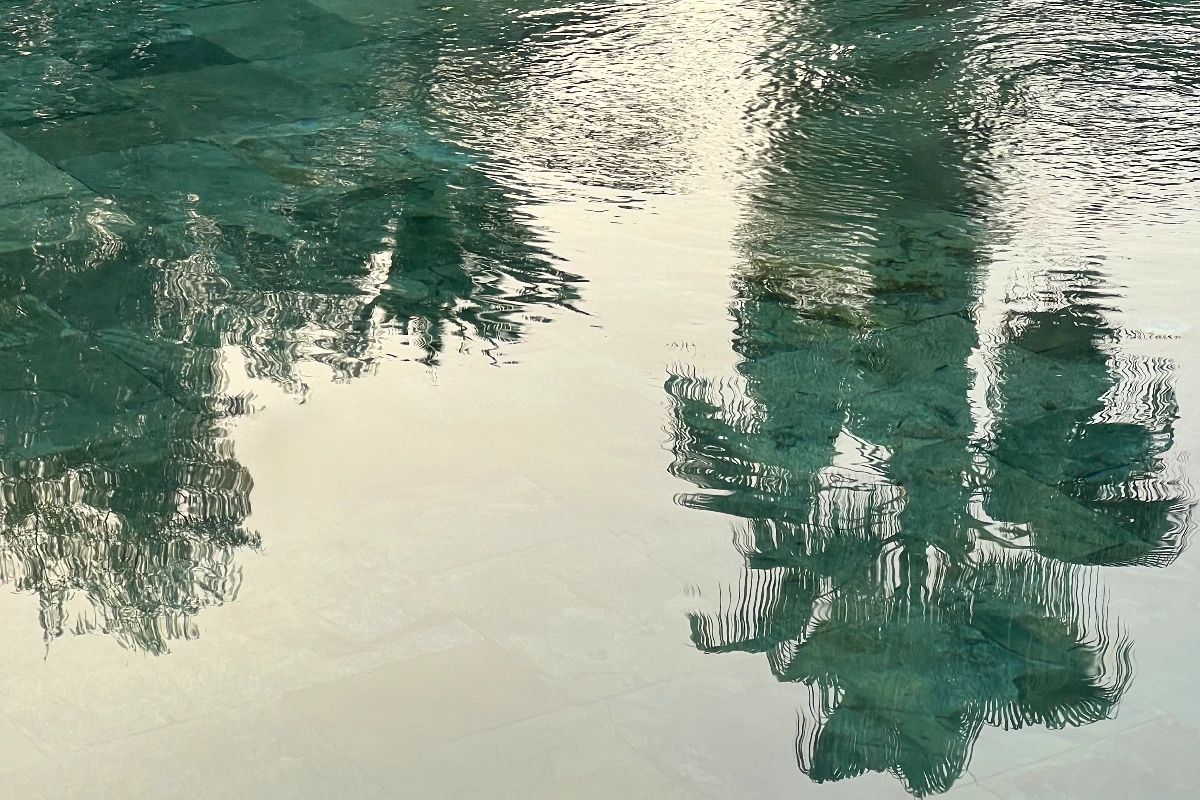/ Guidebook
Within a landscape shaped by nature and Tuscan historical practices, Saturnia’s sulfur spring offers health benefits while supporting local economies and sustainable tourism
In Milan’s De Angeli district, Ba Restaurant maps a quiet Cantonese lineage—through untreated materials, slow kitchen rituals, and the deliberate absence of visual symbols of identity
At the former Grand Hotel Evropa, W Prague reinterprets Czech Art Nouveau through restored details, a new architectural volume, and a narrative of memory and transformation
The renovation of Hôtel Balzac focuses on sustainability through the use of locally sourced materials, circular production methods, and a design prioritizing durability over appearance
From the subterranean arrival sequence that echoes the mountain’s geological layers to the near‑zero‑emission heating system powered by reclaimed sawdust – the crossroads of architecture, ecology, and Alpine culture
Rinascimento and the Sea: Onde, the new restaurant at the Four Seasons Hotel Firenze, embodies the essence of the Mediterranean within a historic Florentine palace
«It is difficult to buy something that is not organic in Copenhagen», states Chiara Barla founder of the eatery located in a Seventeenth-century pharmacy. Milk, yogurt, and eggs are sourced from Søtofte Farm
From medieval trade guild associations and 19th-century urban renewals to contemporary design interventions: Hotel Calimala preserves the past and writes a new chapter in Florence’s ongoing story
Michelin-starred chef Ciccio Sultano spearheads a culinary fusion that bridges Sicilian traditions with the rich heritage of Roman cuisine at Giano, within W Hotel Rome
In the interplay between nature and architecture, Four Seasons Marrakech captures the spirit of a city long defined by its gardens, water features, and cultural identity


